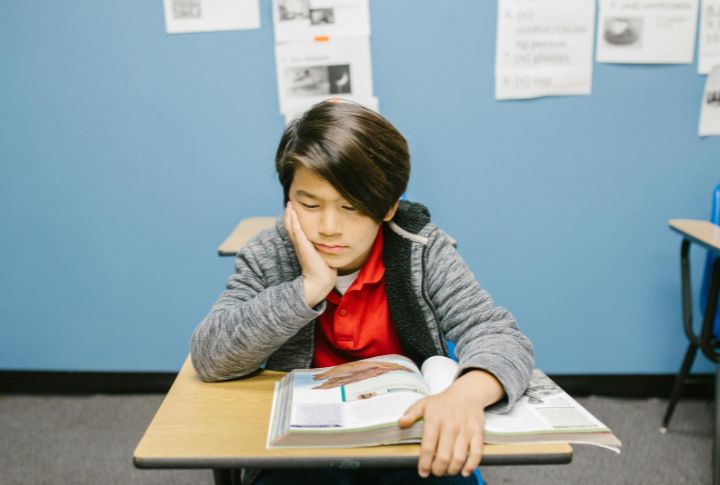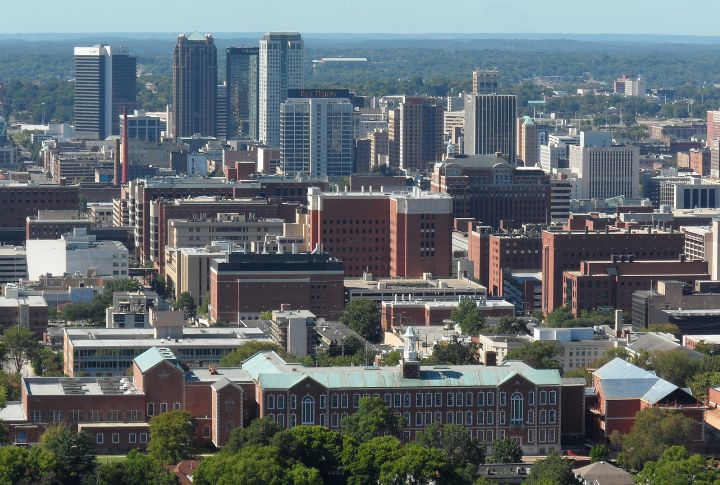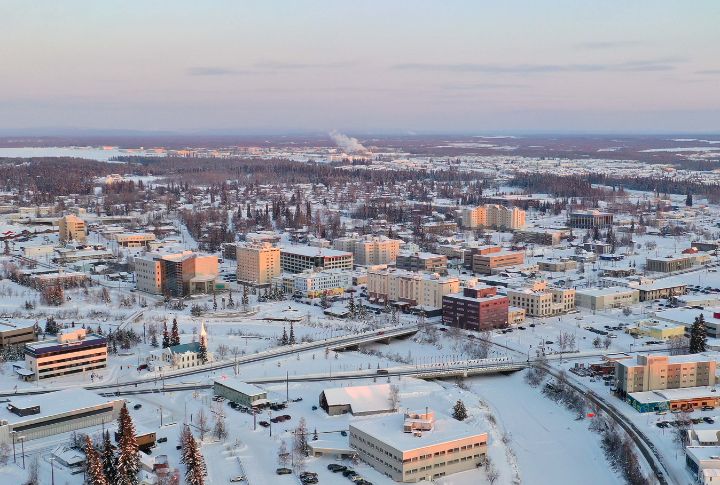
Education shapes futures, yet not all states set students up for success. Across America, challenges like teacher shortages, outdated technology, and overcrowded classrooms hold students back. While it’s a common issue, some states struggle more than others. Let’s explore this stark reality.
Nevada’s Teacher Retention Crisis

A revolving door of educators leaves Nevada students in limbo. The state consistently reports the nation’s highest teacher attrition rates, which disrupts classroom stability. Investing in professional development and competitive salaries could help Nevada attract and keep qualified educators where they’re needed most.
Alabama Grapples with Technology Gaps

Classrooms in Alabama often lack access to modern technology and create an uneven playing field for students. In a digital-first world, limited access to devices and high-speed internet hampers learning. Bridging this gap is key to preparing Alabama’s youth for tomorrow’s challenges.
Oklahoma Faces Declining Graduation Rates

Supporting struggling schools is vital to reversing Oklahoma’s declining graduation rates. With only 80% of students graduating, poverty and resource scarcity create significant hurdles. By addressing these issues directly, schools can equip students to overcome barriers and achieve milestones that shape their futures.
New Mexico’s Low Math Performance

Math proficiency is a significant concern in New Mexico, where less than 25% of eighth graders meet national standards. Limited access to experienced math educators and extracurricular STEM opportunities widens the gap. Sparking interest in STEM could reignite student success in this area.
Mississippi Struggles with Reading Proficiency

Learning begins with reading, yet over 70% of Mississippi’s fourth graders struggle to meet proficiency standards. This troubling figure underscores the impact of teacher shortages and underfunded schools across the state. By tackling literacy directly, the future of these students could be completely transformed.
Louisiana’s Literacy Crisis

Approximately 30% of adults in Louisiana lack basic reading skills, which points to a literacy crisis rooted in overlooked early education. This widespread issue spans generations, but prioritizing early literacy initiatives holds the potential to redefine opportunities for families across the state.
Alaska’s Rural Education Hurdles

Harsh conditions and geographic isolation present significant barriers for Alaska’s rural schools and make it difficult to recruit experienced educators. Outdated learning tools and insufficient support often leave students at a disadvantage. These challenges underscore the urgent need to rethink education in these remote regions.
Arkansas Falls Behind in Early Childhood Education

Expanding access to affordable pre-K programs could transform outcomes for Arkansas’s youngest learners. Currently, the state ranks poorly in providing these essential opportunities, leaving many children without critical developmental support. Early education remains a vital cornerstone for lifelong learning and future success.
Arizona’s Overcrowded Classrooms

Classroom overcrowding overwhelms Arizona’s teachers and students. With some schools hosting more than 40 students per class, personalized learning feels like a pipe dream. Reducing class sizes could make a world of difference for young learners craving attention and support.
West Virginia’s Economic Struggles Hurt Schools

Economic challenges in West Virginia have left schools in low-income areas struggling with limited supplies and resources. Thus, investing in infrastructure and equitable funding could bridge these gaps. Without support, students in these areas face significant barriers to reaching their full potential.
